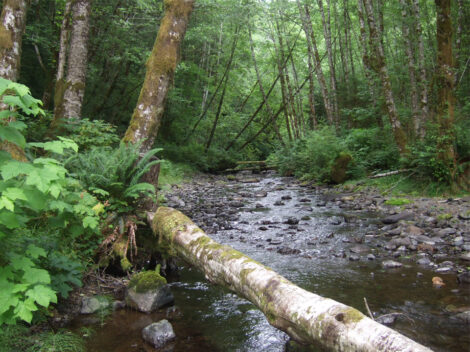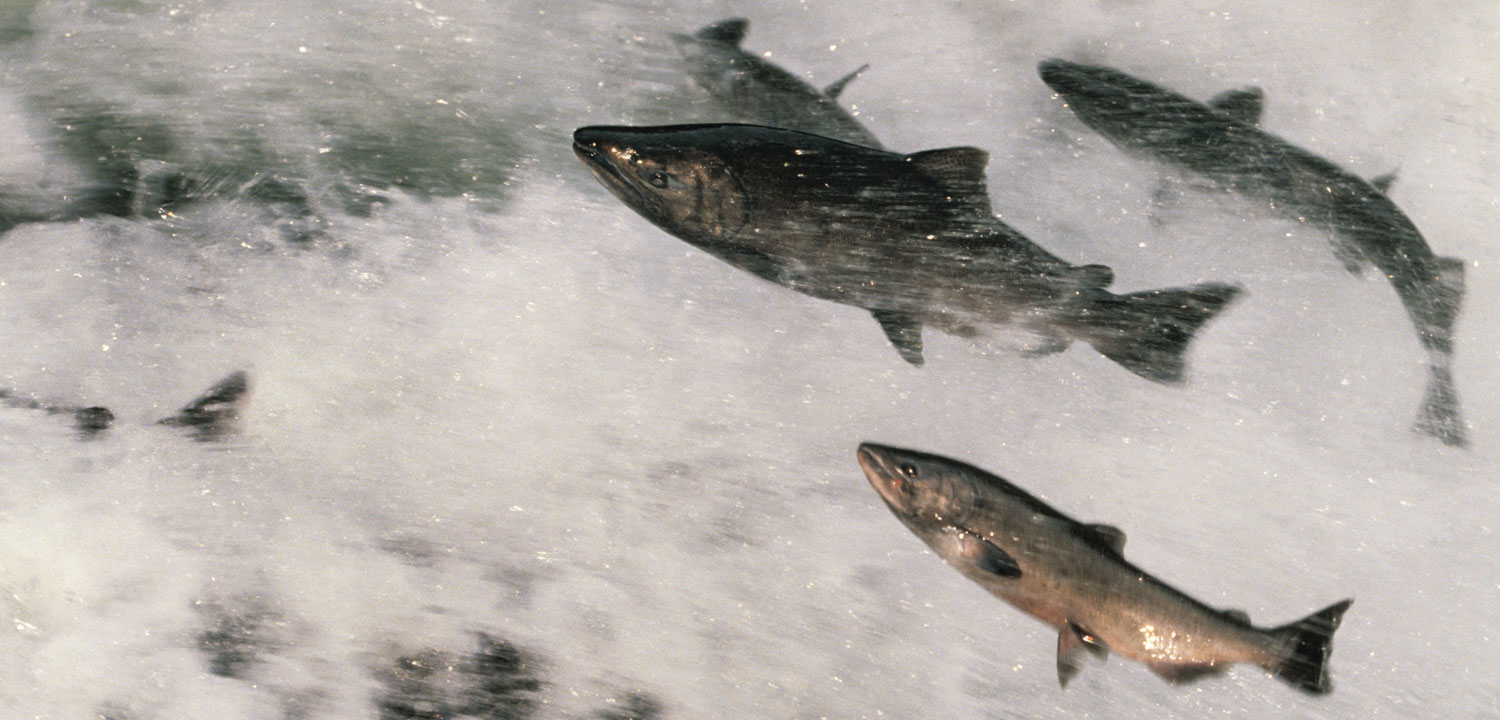International workshop addresses interactions between wild and hatchery salmon.

State of the Salmon (SoS) hosted 21 experts at a workshop in Portland, Oregon to explore the interactions between wild and hatchery salmon across their natural range. The workshop offered a rare opportunity to share information and present ongoing field research and fishery management challenges among representatives from Japan, Russia, USA and Canada.
There are long-standing concerns about genetic and ecological effects of hatchery programs on wild Pacific salmon, some of which were highlighted in the May 2012 issue of Environmental Biology of Fishes guest edited by WSC Senior Conservation Biologist Pete Rand. The issue included 23 peer-reviewed studies providing mounting evidence that salmon raised in man-made hatcheries can harm wild salmon through competition for food and habitat. Uncertainty still remains for some species at select habitat scales. Historically, more attention has been placed on ‘stream-type’ salmon (fish that rear in fresh water including steelhead, coho and Chinook in the US Pacific Northwest) than ‘ocean-type’ salmon (salmon that swim to the ocean early in their life cycle, particularly pink and chum salmon). Several recent projects are beginning to examine the scale and magnitude of interactions between hatchery pink and chum salmon and their wild counterparts.
Scientific highlights of the workshop included:
- Early findings from Japan on the extent and variation of homing and straying of hatchery chum and pink salmon spawners on Hokkaido Island, where salmon production has long been heavily reliant on hatchery programs;
- Preliminary results from southern Sakhalin Island in Russia determining the distribution of hatchery pink salmon in various marine area fisheries and natural spawning grounds;
- Design plans for an ambitious new research program being implemented in Alaska to assess the impacts of hatchery stray chum and pink salmon on the fitness and productivity of self-sustaining wild populations; and
- Progress on the development of a general risk assessment model intended to assist fishery managers in evaluating potential impacts on wild pink salmon productivity as a result of hatchery-origin fish straying into natural spawning areas. This is a collaborative project being led by Pete Rand, Senior Conservation Biologist for SoS.
Workshop discussions profiled the impacts of hatchery programs, the range of opinion about the magnitude of these impacts for various species, and the challenges that all fishery management systems are experiencing in addressing these issues. To further complicate matters, high world market demand for salmon is creating economic and political pressure to increase releases of hatchery fish into the ocean. Nevertheless, it is clear that there are some very practical management strategies that can and should be pursued. These include reducing the interactions between hatchery and wild fish until more is known about the extent of the impacts, and ensuring that fisheries are harvesting salmon at rates that won’t diminish wild salmon populations.
For a list of speakers, presentations, and more detailed findings, link here.
